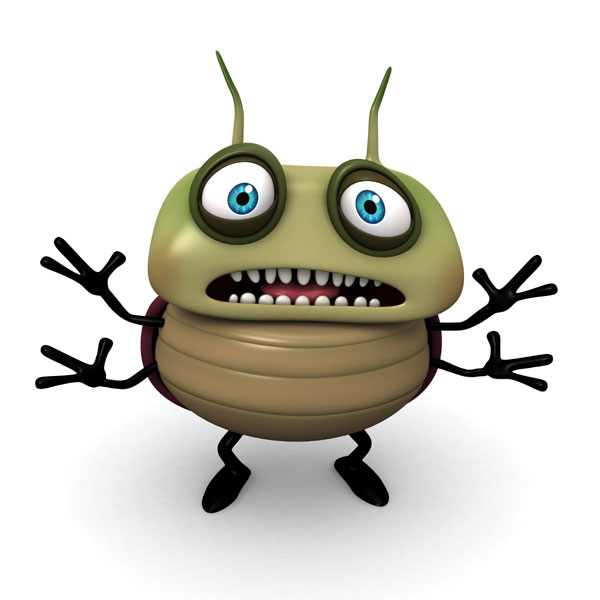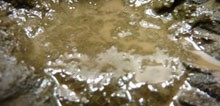
Diesel bug, what is it?
We poured 1 litre of red diesel into a jar along with a small amount of water and screwed the lid on tightly. After only a few months a diesel bug had formed and after one year there was quite a bit. We strained the fuel through white cotton material to catch the brown sludge, shown below. In the eyes of the layman this has the appearance of mud, but is in fact diesel bug.

Imagine how much diesel bug could grow in a bulk storage tank? For example, some studies have shown that diesel bug can multiply by 10,000% in only 7 days given the perfect environment.
Bacteria and yeasts in fuel – Quick Facts:
- There are around 27 different strains of bacteria and yeasts that could grow in your diesel.
- Only need water and a food source to flourish.
- Capable of reproducing from just one millionth of a gram to 10kg in only 12 hours.
- Responsible for most diesel engine breakdowns with UK plant hirers.
Each species has its own characteristics:
Bacteria
- Bacteria utilise hydrocarbons
- Reproduce asexually by binary fission,
- Swelling in size as it feeds
- Separating into two cells.
- Microbes double their numbers every 20 minutes, one spore converting to 262,144 in 6 hours.
Sulphate Reducing Bacteria (SRB)
SRB’s are a specific group of bacteria utilising simple carbon. They are not hydrocarbons, and require the activity of other microbes in a consortium. Aerobic (in the presence of oxygen) or anaerobic (without oxygen) bacteria have a combined effect. The aerobic bacteria (sulphate oxidising) create a film to consume the oxygen first, which allows the anaerobic (sulphate reducing) bacteria to thrive.
- SRB’s reduce sulphates
- Produce hydrogen sulphide (a lethal gas)
- Are directly involved with many microbial corrosion reactions.
SRB’s can cause sulphide souring of stored distillate products. Their action changes the Ph creating an acidic environment, conducive to accelerated corrosion. The microbes attach themselves to the steel as a film and go to work. Diesel bug derives its nutrition from the surrounding environment and multiply. Subsequently this results in the production of a sludgy by-product with a strong sulphur odour similar to rotten eggs (hydrogen sulphide).
Iron Reducing Bacteria
The presence of these bacteria contribute to, corrosion, eating steel and reducing ferrite to an oxide through a chemical reaction.
Yeasts
Yeasts prefer acidic environments and bloom on the parent cells. Consequently after several hours new cells form.
Fungus
Fungi grow in the form of branched hyphae and are just a few microns in diameter. The presence of water cause a thick, tough, intertwined mycelia mats to form at fuel/water interfaces.
The results of these yeast and bacteria is that they can and do cause damage to not only the fuel system, but also the vessels in which they are stored.
There are two methods of combating Diesel Bug, they are:
Processing fuel through a fuel polishing system
Treating the fuel with a chemical additive


